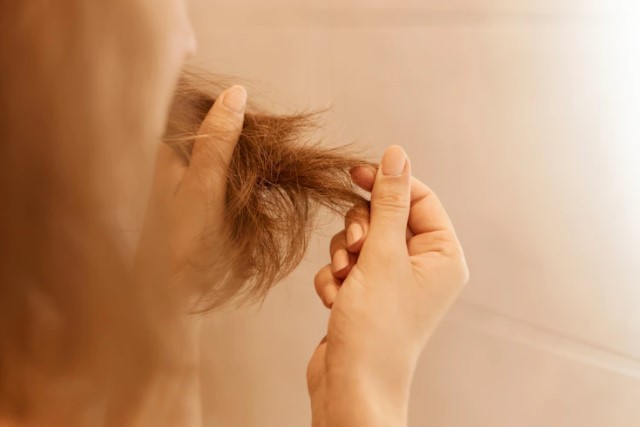
Hair has had transcendental importance from a religious, racial, sexual and ornamental point of view. In humans, hair is an evolutionary vestige and normally There is a loss of approximately 100 hairs per day, this rate increases due to effects such as solar radiation and temperature.
However, Alopecia is abnormal hair loss , the result of a pathological process. The causes of alopecia are diverse and represent a challenge for both the doctor and the patient. It must be rectified, that Alopecia is not only generated in the scalp area but can also affect other parts such as eyelashes, armpits, genital region and beard.

Typically, this hair loss can be the result of heredity, hormonal changes, medical conditions, or a normal part of aging. The most common cause of baldness is the hereditary factor along with age and is usually more recurrent in men than in women. However, alopecia in women is characterized by a loss of hair density in the most visible areas of the scalp. , such as the upper and front part, which is due to both hair loss and thinning. We must clarify that hair loss in women is very unlikely to lead to total baldness.
The causes of female alopecia can be very varied , with hormonal imbalances that occur after menopause or normal hair loss after childbirth standing out above the rest. Of course, other reasons are also known, such as: genetics, poor functioning of the thyroid glands, stress, poor diet, pollution, poor hair hygiene, frequent use of extensions and continued aggression with hairdressing products.

However, Alopecia is abnormal hair loss , the result of a pathological process. The causes of alopecia are diverse and represent a challenge for both the doctor and the patient. It must be rectified, that Alopecia is not only generated in the scalp area but can also affect other parts such as eyelashes, armpits, genital region and beard.

Typically, this hair loss can be the result of heredity, hormonal changes, medical conditions, or a normal part of aging. The most common cause of baldness is the hereditary factor along with age and is usually more recurrent in men than in women. However, alopecia in women is characterized by a loss of hair density in the most visible areas of the scalp. , such as the upper and front part, which is due to both hair loss and thinning. We must clarify that hair loss in women is very unlikely to lead to total baldness.
The causes of female alopecia can be very varied , with hormonal imbalances that occur after menopause or normal hair loss after childbirth standing out above the rest. Of course, other reasons are also known, such as: genetics, poor functioning of the thyroid glands, stress, poor diet, pollution, poor hair hygiene, frequent use of extensions and continued aggression with hairdressing products.

Signs and symptoms of hair loss may include:
- Gradual loss at the top of the head. This is the most common type of hair loss and affects people as they age.
- Circular or irregular bald patches. There may be itching or pain on the skin before hair loss
- Sudden loosening of hair. A physical or emotional shock can loosen your hair. Strands may fall out when combing or washing your hair, or even after gently pulling it.
- Hair loss all over the body.
- Areas of peeling that extend to the entire scalp.
Finally, we will mention the types of alopecia:
Andogenetic alopecia: There are two patterns of involvement, the male with hair loss located mainly in the frontal and parietal areas. In the female pattern, hair loss is diffuse and areas of total baldness do not occur.
Alopecia areata: It is a type of hair loss that causes round patches.
Traumatic alopecia: They are all those caused by physical trauma such as traction, pressure or trichotillomania.
Diffuse alopecia: It consists of more or less intense hair loss, acute or chronic, but reversible and not localized to a certain portion of the scalp.
Cicatricial alopecia: This type of alopecia is usually irreversible because there is damage, malformation or total rupture of the follicular structure. They are classified as infectious, due to physicochemical agents, tumorous or due to dermatosis.
To diagnose alopecia, a thorough clinical history must be taken. It is very important to carry out a thorough examination and diagnosis of each patient's hair loss, in order to accurately determine the reason for hair loss and choose the most effective treatment.
Sources
Alopecia. Loss of hair
Hair loss
Alopecia (hair loss)
Alopecia
Carolina Cardona Valencia, Social Communicator.
For Satori Beauty

